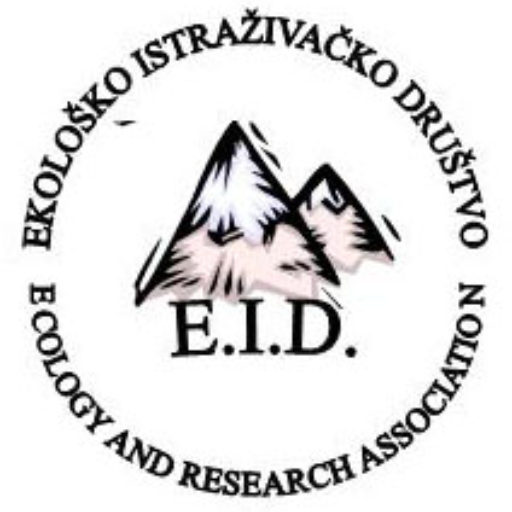Currently, 14 scientists (researchers) from Bosnia and Herzegovina have been engaged in the project of the second edition of Atlas of European Mammals. This team was composed and divided into four scientific areas: large and medium carnivores, herbivores, bats and small mammals. The purpose of this team is to collect data on all mammals that exist in the B&H area. The team is most focused on gathering data on fieldwork. There are several reasons for this: no national or regional database on mammals; historical data on mammals have already been used in the first edition of the Atlas; museum collections are not updated, and their data is treated as historical.
Project managers: Doc. Dr. Igor Trbojević, Jasminko Mulaomerović, PhD and Dejan Radošević
Due to the nature of the work that needs to be done for this project, the team is faced with many problems, among which are: a large volume of work (the land area of B&H is 51,197 km²; a small number of fresh data on target species); some parts of B&H are still under mines (minefields); lack of financial resources for fieldwork, lack of equipment (photo traps, small mammalian cages, bats capture nets, bat detectors)…
We found presence of 91 mammal species (and three under investigation). So, we have certainly expanded the list of species with 10 new species (81 species in first edition of Atlas):
Bats – 30 species (Nine new species: Barbastella barbastellus, Myotis bechsteinii, Myotis brandtii, Myotis dasicneme, Myotis daubentonii, Pipistrellus pygmaeus, Plecotus kolombatovici, Plecotus macrobullaris and Tadarida teniotis). Two species need to be checked on the field: Rhinolophus mehelyi and Nyctalus lasiopterus. For all 30 species the distribution was made (94% if we have 32 species).
Small mammals – 40 species (Two new species: Castor fiber and Myocastor coypus) One is under investigation (Erinaceus europaeus), but the probability of finding evidence of its presence is low. For only 6 species we have done distributions (15%).
Herbivores – 6 species. For 5 species the distribution was made (83%).
Large and medium carnivores – 15 species. For 12 species the distribution was made (80%).

